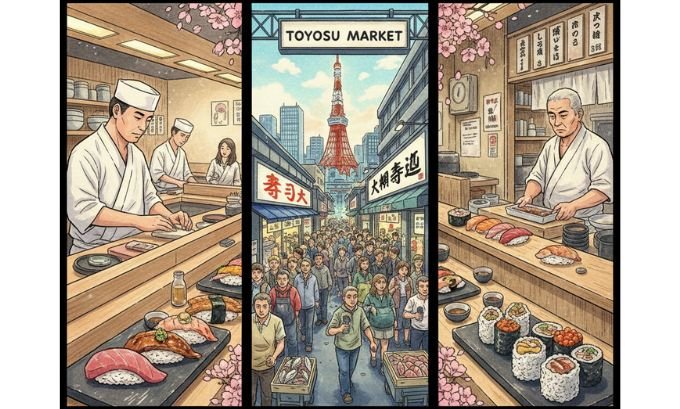Japan offers an incredible journey for any sushi enthusiast. From world-renowned, high-end establishments to budget-friendly gems, the quality is often unparalleled. This guide explores some of the best sushi restaurants in Japan, helping you navigate the vibrant landscape of Tokyo’s sushi scene, from exclusive counters to the bustling halls of its famous fish market.
Table of Contents
Navigating the Best Sushi Restaurants in Japan
Finding the best sushi in Japan depends on what you value most. Are you looking for an unforgettable luxury experience, a lively atmosphere, or the best value for your money? The top restaurants often require reservations months in advance, and many operate on an Omakase system, where the chef curates the entire meal for you. This allows for a unique and personal dining experience, showcasing the freshest ingredients of the day.
This article, based on first-hand dining experiences, provides a detailed look into several noteworthy sushi restaurants in Tokyo. We will compare their offerings, atmosphere, and booking processes to help you choose the perfect spot for your next culinary adventure.
A Personal Journey Through Tokyo’s Sushi Scene
My exploration of Tokyo’s sushi restaurants has been a journey of discovery. The sheer quality available means even an “average” high-end restaurant here would likely be considered exceptional elsewhere. My goal is not to find fault, as every place visited has delivered on quality. Instead, I want to highlight what makes each one unique and share the experiences that have stood out. This is a personal account, reflecting my own tastes and encounters at some of the most talked-about sushi spots in the city.
High-End Sushi Experiences in Tokyo
For those seeking the pinnacle of sushi artistry, Tokyo offers a wealth of high-end restaurants where tradition, technique, and the finest ingredients come together. These establishments are more than just a meal; they are a culinary performance.
Sushi Arai: The Master of Tuna
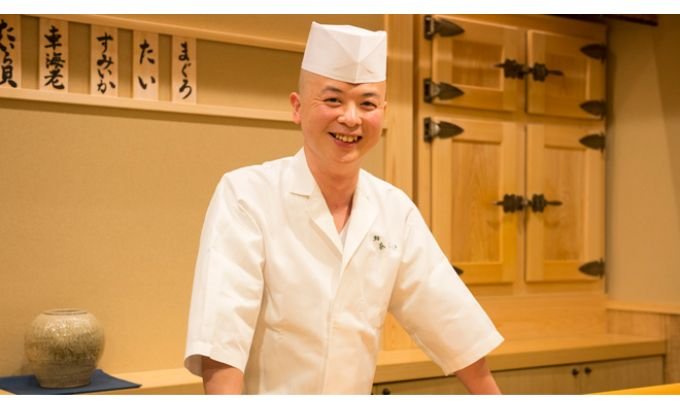
What makes Sushi Arai one of the best sushi restaurants in Japan? Its mastery of tuna is legendary. Here, the fish isn’t just served; it’s presented as a work of art.
Sushi Arai stands out for its specialization in high-quality tuna. The toro (fatty tuna) is so perfectly marbled that it dissolves the moment it hits your tongue. On special occasions, the menu features a seared tuna cheek, a rare delicacy that delivers a heavenly, smoky flavor unlike any other. Dining here is a lesson in how a single ingredient, when sourced and prepared with expertise, can create an unforgettable experience.
My Experience at Sushi Arai
Booking a spot at the main counter with Chef Arai himself is a challenge reserved for regulars. However, the restaurant offers online reservations for its side counter, which are achievable if you plan 2-3 months ahead. I secured a lunch slot and was served by the sous chef, who was not only skilled but also friendly and proficient in English, making the meal interactive and enjoyable.
While the menu at the side counter might differ slightly from what regulars at the main bar receive, the quality remains undeniable. The focus on tuna is clear, and every piece of nigiri demonstrates precision and respect for the ingredient.
- What I Like:
- The melt-in-your-mouth quality of the toro.
- The unforgettable seared tuna cheek.
- The accessible online reservation system for the side counter.
- The friendly and English-speaking sous chef.
- Areas for Improvement:
- The difficulty in securing a reservation at the main counter with Chef Arai.
- Potential menu differences between the main and side counters.
Umi: Where Simplicity Meets Perfection
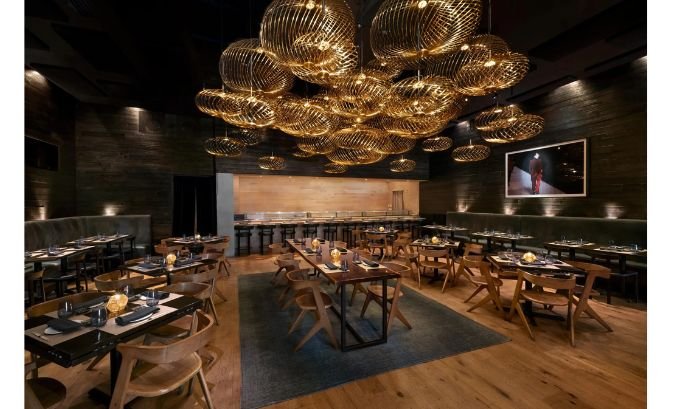
What is Umi best known for? Its standout dish is the anago (saltwater eel), which many, including myself, consider the best they have ever had.
At Umi, every detail feels deliberate. The nigiri glistens under the soft lighting, a testament to the freshness of the ingredients and the skill of the chef. While every piece is excellent, the anago is the true star. Lightly torched, its oils are released, creating a subtle crispness on the outside that gives way to an incredibly soft, melt-in-your-mouth interior. It’s a perfect end to an exceptional meal.
My Experience at Umi
The atmosphere at Umi is refined and serene. Each course of the Omakase menu builds upon the last, culminating in the show-stopping anago. Getting a reservation requires persistence and planning, as spots fill up quickly. Booking online at least a month in advance is highly recommended. The experience is worth the effort, delivering a meal that is both classic and memorable.
- What I Like:
- The
anagois, without a doubt, a life-changing bite of food. - The consistently high quality of all ingredients.
- The beautiful presentation of each piece of nigiri.
- The
- Areas for Improvement:
- Reservations are very competitive and difficult to obtain.
Sushisho Masa: An Omakase of Epic Proportions
Why should you dine at Sushisho Masa? It offers one of the most extensive Omakase menus available, featuring nearly 50 individual dishes.
Sushisho Masa is an experience of abundance and variety. Unlike traditional sushi-yas that focus purely on nigiri, this restaurant intersperses cooked bites with raw fish, creating a dynamic and exciting meal. With close to 50 items served, it is a marathon of flavors. Given the sheer quantity and quality of the food, it represents some of the best value in Tokyo’s high-end sushi scene.
My Experience at Sushisho Masa
The chefs at Sushisho Masa are young, energetic, and very friendly. They speak enough English to explain each dish and engage in light conversation, which adds a warm and welcoming dimension to the meal. The pace is brisk but never rushed, with each small plate or piece of nigiri arriving at the perfect moment. This is a place for diners with a hearty appetite and an adventurous palate.
- What I Like:
- The incredible variety of nearly 50 dishes.
- The mix of nigiri and small, cooked items.
- The energetic and friendly atmosphere.
- Excellent value for a high-end experience.
- Areas for Improvement:
- Online reservations are available but require booking well in advance.
For the freshest ingredients and a taste of Tokyo at home, check out Tokyo Mart — your one-stop shop for premium Japanese food products.
A Look at Other Notable Sushi Restaurants
While some restaurants soar to the top of my list, others offer a different kind of experience. Here are a few more that are part of the conversation when discussing the best sushi restaurants in Japan.
Sushi Tokami: A Former Star
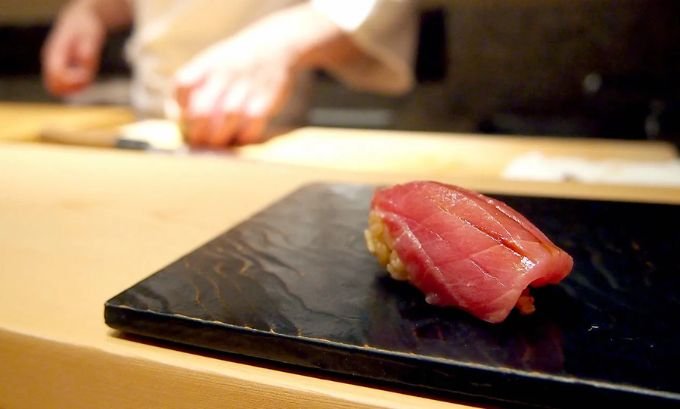
What is the reputation of Sushi Tokami? Around 2016, it was ranked among the top ten sushi restaurants in Tokyo by Tabelog, Japan’s influential restaurant review site.
Sushi Tokami earned its fame for beautifully presented, high-quality nigiri. While the ingredients are top-notch and the meal is enjoyable, I found it lacked a signature dish or element that made it truly stand out compared to other elite sushi-yas. However, its lunch menu is said to offer great value, making it a more accessible option.
My Experience at Sushi Tokami
During my dinner visit, the price was comparable to other top-tier restaurants. One thing I noticed was that the entire clientele consisted of foreigners. This, combined with a language barrier, resulted in minimal interaction between the chef and guests, creating a somewhat impersonal atmosphere. While it’s a solid choice for good sushi, especially if other places are fully booked, it didn’t leave a lasting impression on me.
- What I Like:
- High-quality ingredients and beautiful presentation.
- Relatively easier to book than other top-tier restaurants.
- The lunch menu is rumored to be a great value.
- Areas for Improvement:
- Lacks a standout, memorable dish.
- The atmosphere can feel impersonal and tourist-focused.
Hashiguchi: A Taste of Old-School Tradition
What defines the experience at Hashiguchi? A quiet, traditional setting and a lightly seasoned style of sushi.
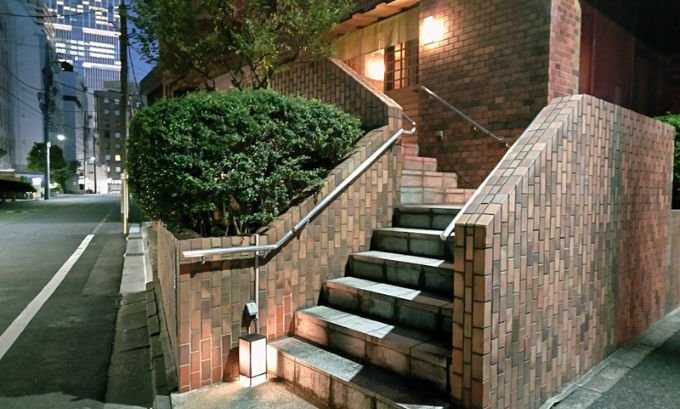
Hashiguchi is for the purist. Chef Hashiguchi serves only eight guests at a time in an atmosphere of profound silence. Whispering feels too loud, and no photos are allowed, demanding complete focus on the food. The sushi itself is delicate and minimally seasoned, a style that may not appeal to everyone. This is a very specific type of experience, reflective of an older generation of sushi masters.
My Experience at Hashiguchi
I found the atmosphere at Hashiguchi to be stifling. The silence made it difficult to relax and enjoy the meal. The nigiri, while well-prepared, was too subtle for my palate, and the selection felt limited, with a focus on several types of clams. While it consistently earns high ratings on Tabelog, this restaurant was not for me. However, those who appreciate a meditative dining experience and a light touch may find it perfect.
- What I Like:
- An authentic, old-school sushi experience.
- Intimate setting with service directly from the chef.
- Areas for Improvement:
- The extremely quiet atmosphere can be uncomfortable.
- The lightly seasoned sushi may be too subtle for some tastes.
- Photography is not permitted.
Best Value Sushi at Toyosu Market
For those who want incredible sushi without the high-end price tag, Toyosu Market is the place to go. Having replaced the legendary Tsukiji Market, it is home to some of the best budget-friendly sushi in Tokyo.
Sushi Dai: Legendary Quality and Legendary Lines
Is Sushi Dai worth the wait? Absolutely. It serves, hands down, the best sushi you can find for under $100—and a meal is often closer to $50.
Sushi Dai was a legend at the old Tsukiji Market, famous for its hours-long queues. Now at Toyosu Market, it continues to draw crowds. The presentation may not be as refined as at a high-end restaurant, but the quality of the fish is exceptional. Its proximity to the market is often cited as the reason for its freshness, but the reality is that most top sushi-yas in Tokyo source their fish from Toyosu daily. What truly sets Sushi Dai apart is its incredible quality-to-price ratio.
My Experience at Sushi Dai
Waiting in line for Sushi Dai has been a character-building experience in the past. At Tsukiji, it meant arriving at 4 a.m. for a 7 a.m. opening. The move to Toyosu brought a larger counter and earlier opening hours, which may have eased the wait times slightly. If you have the time and patience, the reward is a phenomenal sushi meal at a fraction of the cost of its upscale counterparts.
- What I Like:
- Unbeatable quality for the price.
- Incredibly fresh and flavorful fish.
- A classic, must-do Tokyo experience.
- Areas for Improvement:
- The wait times are famously long and can be grueling.
Daiwa Sushi: Great Quality, Shorter Wait
What is the main advantage of Daiwa Sushi? It offers sushi of comparable quality to Sushi Dai but with significantly shorter wait times.
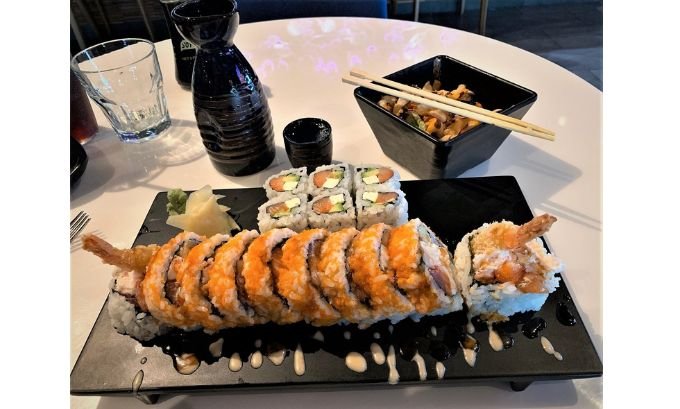
Located near Sushi Dai in Toyosu Market, Daiwa Sushi was often considered the number two spot at Tsukiji. Its biggest advantage was, and remains, its larger capacity. With more counter seats, the line moves much faster. A typical wait might be around 30 minutes, which is far more manageable than the hours-long queue at its neighbor.
My Experience at Daiwa Sushi
The food at Daiwa Sushi is fantastic and an incredible value. While I personally give a slight edge to Sushi Dai in terms of taste, the difference is not significant enough to justify the massive disparity in wait times. If I arrived at Toyosu Market and saw a huge line at Sushi Dai, I would happily go to Daiwa Sushi without feeling like I was settling.
- What I Like:
- Excellent sushi for its price point.
- Much shorter and more manageable wait times.
- A great alternative to Sushi Dai.
- Areas for Improvement:
- Slightly less renowned than its famous neighbor, Sushi Dai.
Comparison of Tokyo’s Best Sushi Restaurants
| Restaurant | Price Tier | Standout Feature | Atmosphere | Reservation Difficulty |
|---|---|---|---|---|
| Sushi Arai | $$$ | Exceptional tuna and seared tuna cheek | Refined & Focused | Hard |
| Umi | $$$ | The perfect anago (saltwater eel) | Elegant & Serene | Very Hard |
| Sushisho Masa | $$$ | Extensive Omakase (50+ dishes) | Energetic & Friendly | Hard |
| Sushi Tokami | $$$ | Beautiful presentation | Impersonal & Formal | Medium |
| Hashiguchi | $$$ | Traditional and lightly seasoned sushi | Quiet & Meditative | Hard |
| Sushi Dai | $ | Unbeatable value for the quality | Bustling & Casual | Very Hard (Long Wait) |
| Daiwa Sushi | $ | Great value with shorter wait times | Bustling & Casual | Easy (Short Wait) |
Frequently Asked Questions (FAQ)
1. What is Omakase?
Omakase is a Japanese phrase that means “I’ll leave it up to you.” In a sushi restaurant, it means the chef selects and prepares a multi-course meal for you based on the freshest ingredients available that day. It is the standard service style at most high-end sushi restaurants.
2. How do I make reservations at top sushi restaurants in Japan?
Many high-end restaurants require reservations months in advance. Some, like Sushi Arai, offer online booking. Others may require you to book through a hotel concierge service. Using a platform like Tabelog can provide links and information on how to reserve.
3. Is sushi from Toyosu Market really fresher?
While restaurants in Toyosu Market like Sushi Dai and Daiwa Sushi have immediate access to fish, most high-end restaurants across Tokyo also source their fish from the market daily. Proximity is less of a factor for quality than the chef’s skill in selecting and preparing the fish, which often includes aging.
4. Do I need to speak Japanese to dine at these restaurants?
Not necessarily. Many restaurants, especially those accustomed to foreign guests like Sushisho Masa, have staff who speak some English. However, knowing a few basic Japanese phrases is always appreciated. In more traditional places like Hashiguchi, the experience might be more challenging without a Japanese speaker.
5. What is Tabelog?
Tabelog is Japan’s most popular and influential restaurant review website and app. It is a critical tool for food lovers, providing user-generated ratings, reviews, and reservation information. A high Tabelog score is a significant indicator of quality.
6. Is it expensive to eat good sushi in Japan?
It can be, but it doesn’t have to be. High-end Omakase dinners can cost several hundred dollars per person. However, places like Sushi Dai and Daiwa Sushi in Toyosu Market offer world-class sushi for around $50, making it accessible to all budgets.
7. Are there any rules or etiquette I should know?
Yes. When eating nigiri, it is acceptable to use your hands. Dip the fish side, not the rice side, into the soy sauce to prevent the rice from falling apart. It’s also considered polite to eat the sushi in one bite. Avoid wearing strong perfume or cologne, as it can interfere with the delicate aroma of the sushi.
Conclusion: Your Perfect Sushi Experience Awaits
Choosing the best sushi restaurant in Japan is a deeply personal decision. Whether you crave the artistic perfection of Sushi Arai‘s tuna, the epic variety at Sushisho Masa, or the unbeatable value of Sushi Dai, Tokyo’s culinary landscape has something for everyone. Use this guide to match your preferences with the right restaurant, and prepare for a dining experience you will never forget.
If you are planning a trip, be sure to research and book your reservations well in advance. The effort will be rewarded with some of the best sushi in the world.

